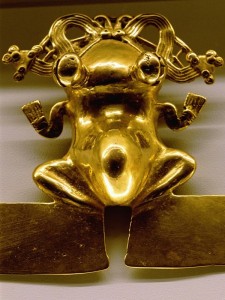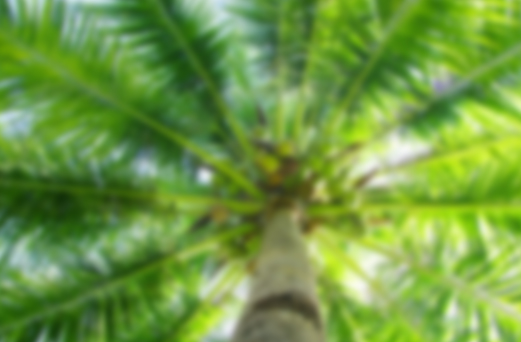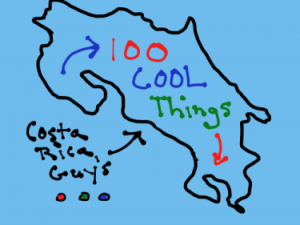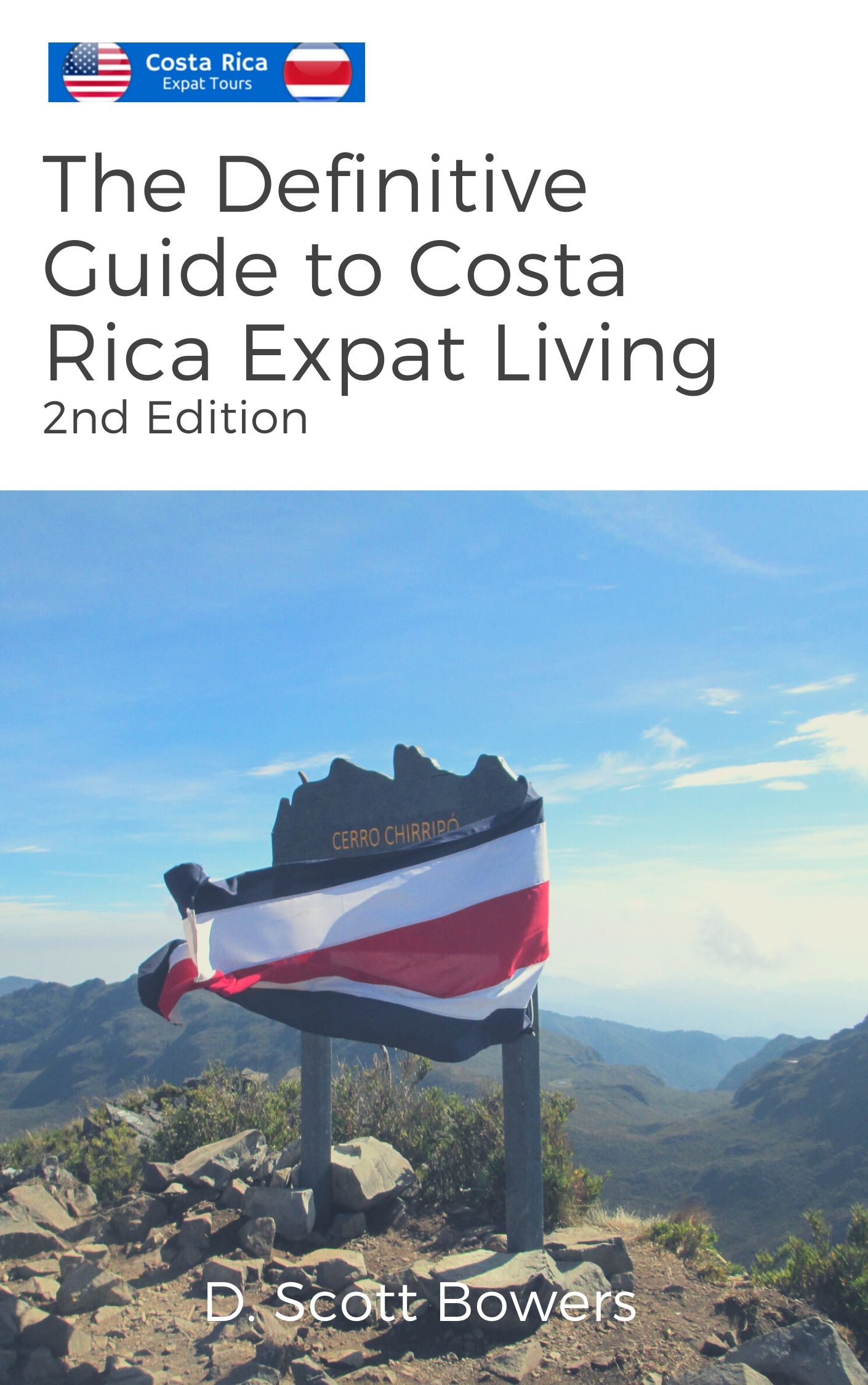
In this post on Costa Rica origins, we discuss the origin of the name, which has the English translation,”Rich Coast.”
One theory that explains the name of the country is the belief of the Spanish Conquistadors that the territory was full of gold. Columbus, who discovered Costa Rica in 1502, himself wrote to the Spanish kings saying the following about this country, “a land of great natural beauty, a coastline like never before seen, and rich in gold.”
In Costa Rica there is evidence that the production of the first metal objects occurred circa 400-500 AD. The maximum development of this activity was reached after 700 AD and contact with the Spanish.
Most of the objects come from the South Pacific of Costa Rica. The Indian craftsmen used gold extracted from the rivers and coasts. This gold was used to create personal ornaments or other items such as hooks, needles and punches, by hammering or by means of casting molds clay gold. The animal motifs within the jewelry were very varied, which shows the importance of the natural environment for the life of pre-Columbian indigenous people. You can visit the Gold Museum, in San Jose, Costa Rica, to observe and learn about the detailed artisan work they did.
To the disappointment of the Spanish, however, the territory did not have large deposits of gold. But its wealth in pure natural beauty is recognized internationally.
At 51,100 km 2 of land area and a marine territory of nearly 590,000 km 2, the country has about 4% of global biodiversity. And it is this biodiversity, together with the forces of nature such as Costa Rica’s numerous rushing rivers and explosive volcanoes, that results in its renowned beauty. And one must not forget that Costa Rica’s natural beauty extends also to the seas. For example, Cocos Island, part of Costa Rica territory, was recognized by the famous oceanographer Jacques Cousteau as “the most beautiful island in the world.”
The biodiversity of these lands not only occurs at the level of its species, but also of its vast ecosystems and diverse landscapes. And the vital energy behind all is the moods of Mother Earth herself. Life here flows unequaled, sometimes dim and sleepy, like raindrops sliding down ancient tree leaves after a heavy storm. Sometimes naughty and elusive, like the flight of the colorful wings of a blue morpho.
Much to see and feel. We invite you to visit these lands and these seas and live the meaning of “pura vida” in Costa Rica.
Yahaira Rojas Duran, author








Comments